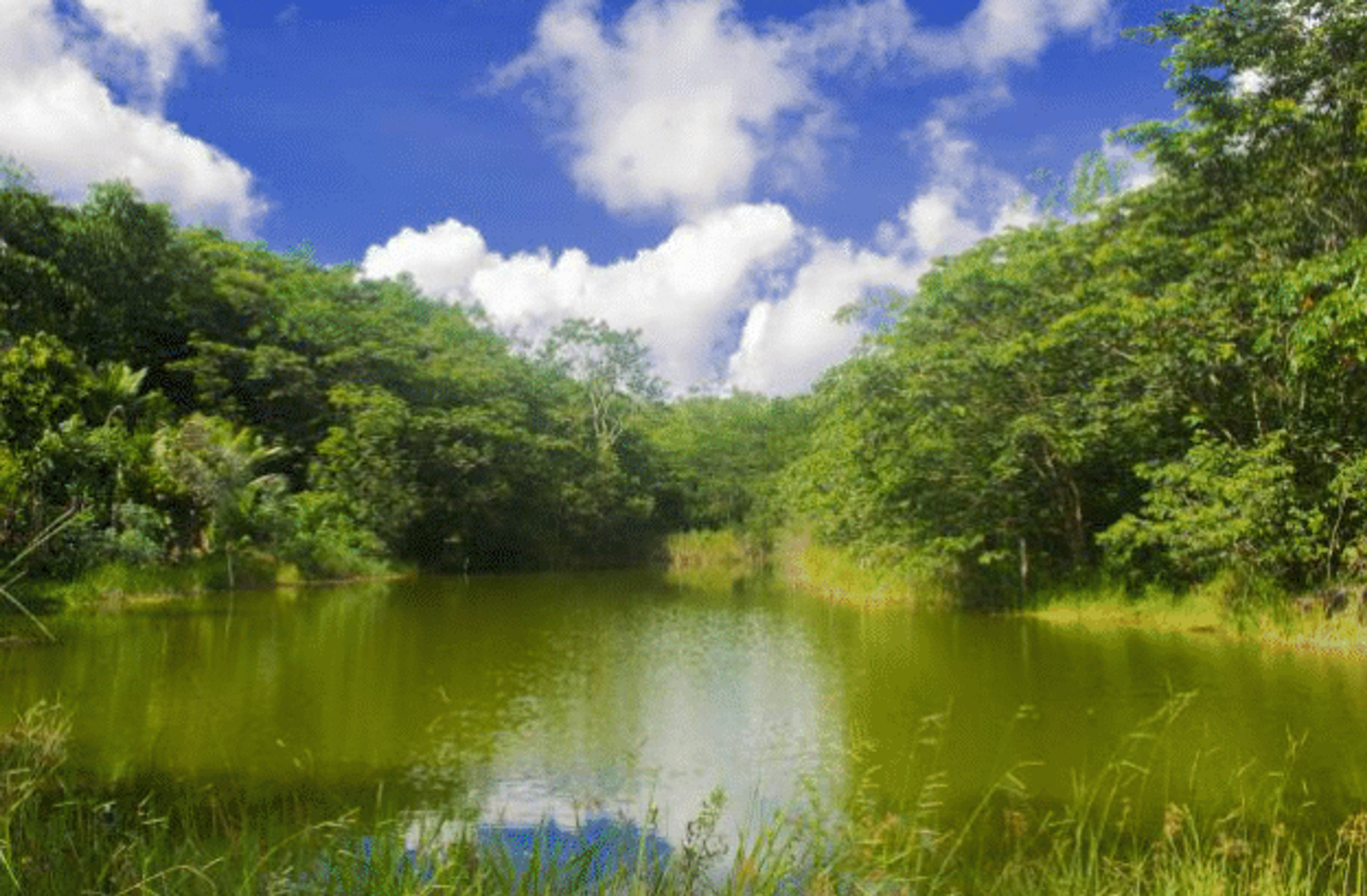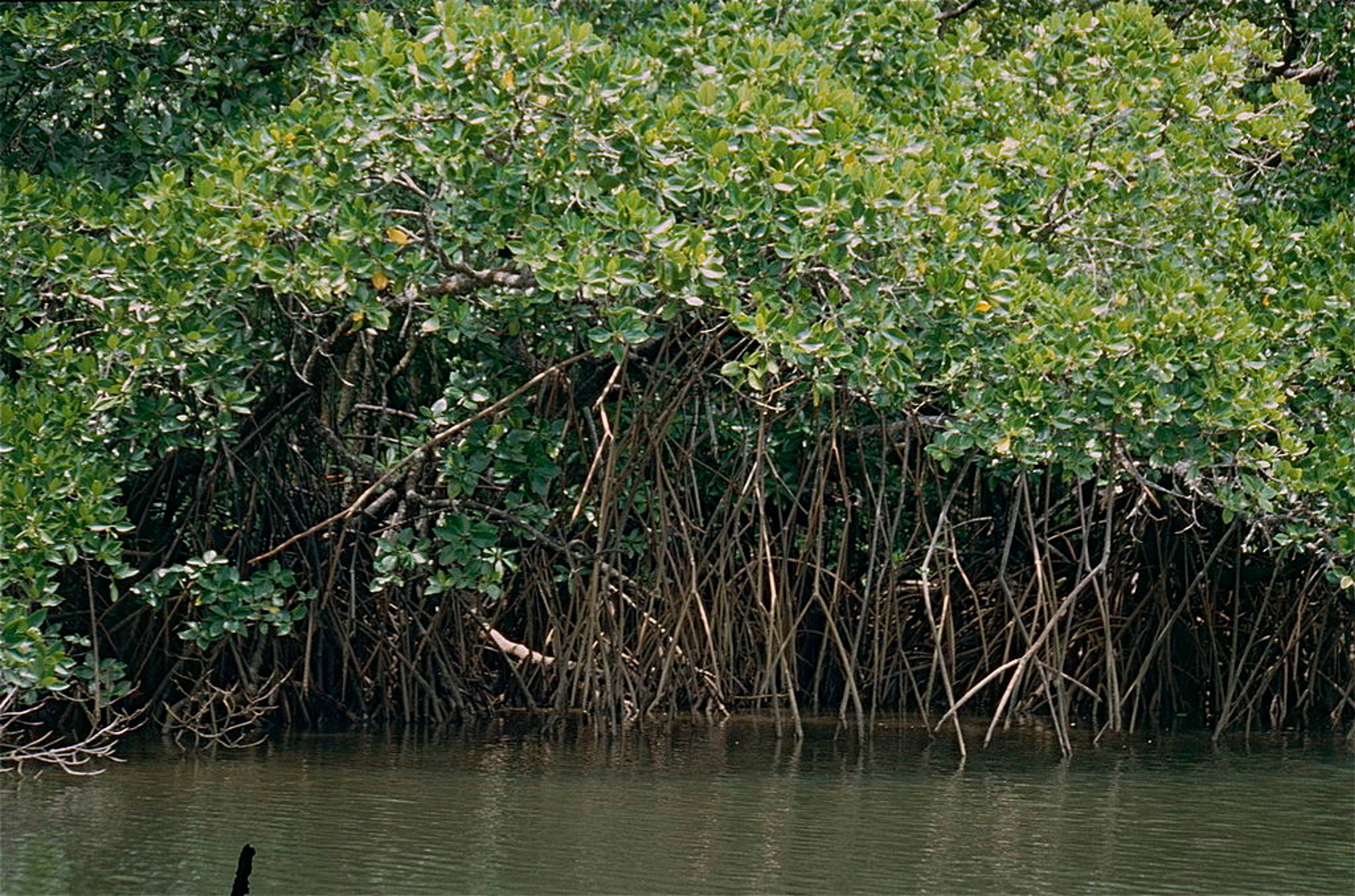Ecomapuá Amazon REDD+
Brazil
86,270 ha
Developer: Sustainable Carbon
Located on Marajó Island, Pará State, in the Eastern Amazon region of Brazil, the Ecomapuá REDD Project has worked to prevent illegal deforestation in the project area since 2002. The island lies at the mouth of the Amazon River, which has been called the rainforest’s “superhighway”, being the principal means of transportation as well as a strong driver of deforestation. The project prevents deforestation through conservation efforts including a reduction of illegal logging, providing environmental education to the local community, and creating a leakage management zone where the local community can partake in forest management activities that generate income.
Connect with our team to learn more about this project and how Pachama can support your nature strategy.
Carbon credit sales allow the project landowners to sustainably generate income as opposed to engaging in other profitable alternative land-use scenarios, namely timber production, and palm-heart extraction.
1/4
Supporting local communities and protecting a rich diversity of bird species
Project description
pdf
Verification report 2003-2012
pdf








